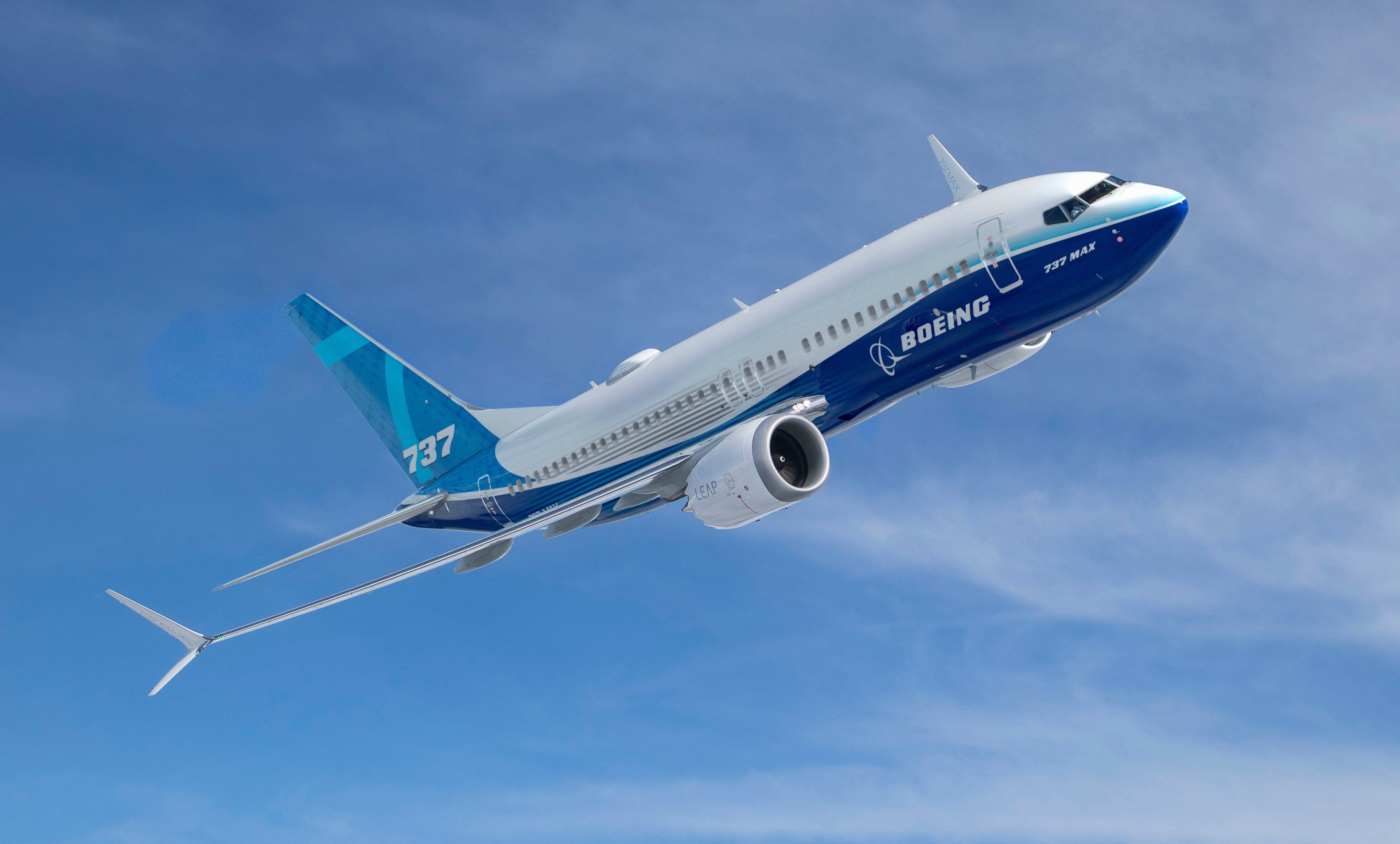The U.S. military has a reputation as being a somewhat secretive organization. But in one respect at least, the Pentagon is one of the most "open" of our government agencies. Every day of the week, rain or shine, the Department of Defense tells U.S. taxpayers what contracts it's issued, to whom, and for how much -- all right out in the open on its website.

So what was the Pentagon up to last week?
Between "base" spending levels, and supplementary spending on overseas contingency operations, the DoD is budgeted to spend about $11.8 billion a week in fiscal 2014, of which $6.2 billion goes to military hardware, infrastructure projects, and supplies. All through July, however, the Pentagon ran under budget. This past week, hardware, infrastructure, and supply contracts totaled only $2.05 billion in value.
And what did the generals get for their (read "our") money?

Tracking a Minuteman III test launch. Photo: Wikimedia Commons.
Better guidance for our nukes
On Monday, the U.S. Air Force added $90 million to an existing Northrup Grumman (NOC +1.60%) contract to sustain America's fleet of Minuteman III intercontinental ballistic missiles; specifically, the propulsion, ground controls, and guidance systems on those missiles. These funds will pay for Northrop to continue working on this project through Sept. 30, 2015.
Better defense against "their" nukes
At the same time as Northrop Grumman is working on maintaining America's nuclear deterrent, Lockheed Martin (LMT +0.85%) will be working on systems to defend America from hostile missiles. On Thursday, Lockheed was awarded a $125 million contract to supply the U.S. Missile Defense Agency with rocket launchers and fire control systems for the Terminal High Altitude Area Defense, or THAAD.
Designed to defend against short-, medium-, and intermediate-range ballistic missiles, THAAD operates by intercepting hostile missiles with kinetic (i.e., no exploding warhead) interceptor missiles. The approach, dubbed "hit-to-kill," is one often described as trying to hit a bullet with another bullet. That sounds like an almost impossible task, but according to Lockheed, "the system has a track record of 100% mission success in flight testing."
Separately, Lockheed was awarded $194 million in additional funds on Friday to pay for stockpiling "necessary material, equipment, and supplies" needed for upcoming tests of the Aegis Ballistic Missile Defense 4.1 and 5.0 upgrades. These are the successive next-generation versions of the famous Aegis air defense system, optimized for use not in shooting down enemy aircraft, but it destroying hostile ballistic missiles. This is the system that will be used to establish Aegis Ashore Missile Defense System bases in Romania and Poland, establishing a ballistic missile shield over Europe.
Not everything is nuclear
Even in the 21st century, of course, not all fighting is done with nuclear weapons. In fact, the single biggest defense contract awarded this past week had nothing to do with nukes. Rather, the $238 million award to Parker Hannifin (PH +0.58%) on Tuesday hired the contractor to support multiple but unspecified "aviation weapon systems" for the U.S. Army, Navy, Air Force, and Marine Corps, as well as for the Defense Logistics Agency.
Parker's aerospace division produces flight control, fuel, and hydraulics parts for military aircraft. As such, while "aviation weapon systems" sounds like this is a contract that would have Parker servicing missiles and cannon aboard military aircraft, it's more likely that the contract refers to maintenance work that Parker will be performing on the warplanes themselves.
Opportunities on the horizon
So much for the contracts that everyone knows about. Now, let's end this week's round-up with one contract that you may not yet have heard of.
On Wednesday, Boeing (BA +2.79%) confirmed that it has just been awarded a $250 million contract to install digital flight decks and avionics aboard 13 NATO Airborne Warning and Control System aircraft, or AWACS. The improvements are intended to bring the AWACS into "compliance with current and future air traffic control and navigation requirements," and also to give aircrew access to "user-friendly and customizable engine, navigation, and radar data."
This upgrade work is not expected to begin until 2016, however -- after which it will take two years to complete. That's a long time to keep in mind that the contract is "out there" and has the potential to boost earnings at Boeing by about $0.02 per share, at Boeing's current profit margins -- not much, but still enough to create an earnings beat. So make a note of it now. Don't forget.

NATO AWACS, with escorts. Photo: Wikimedia Commons.









